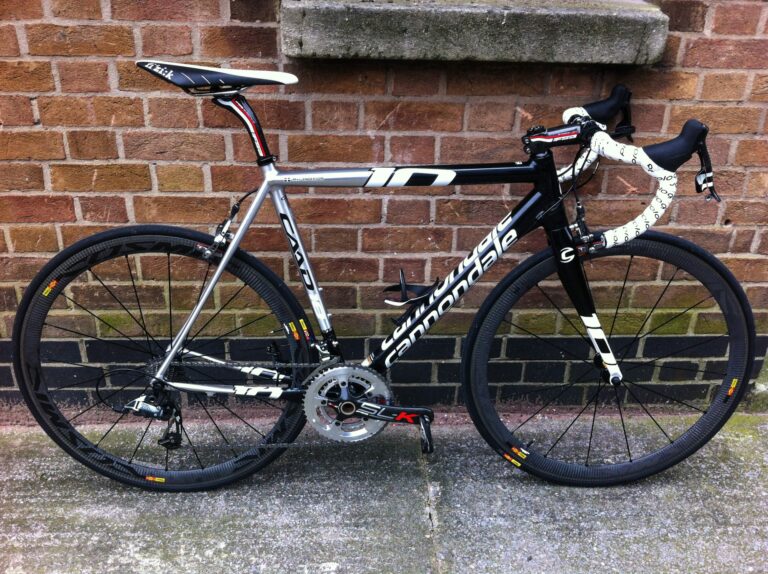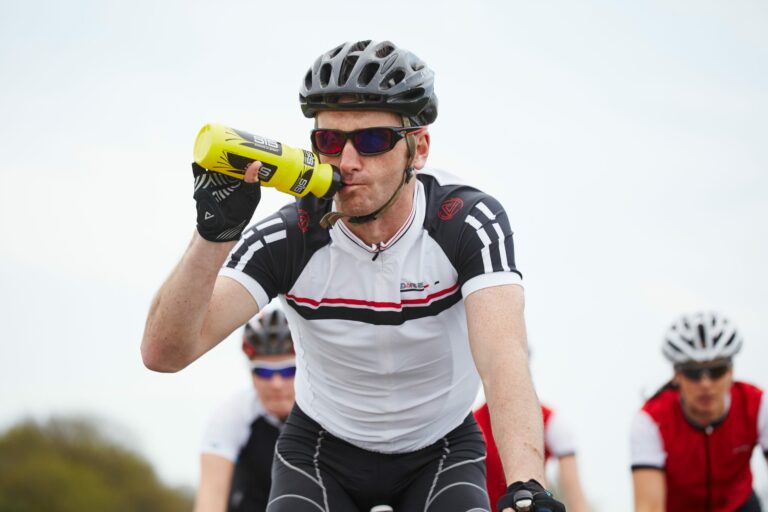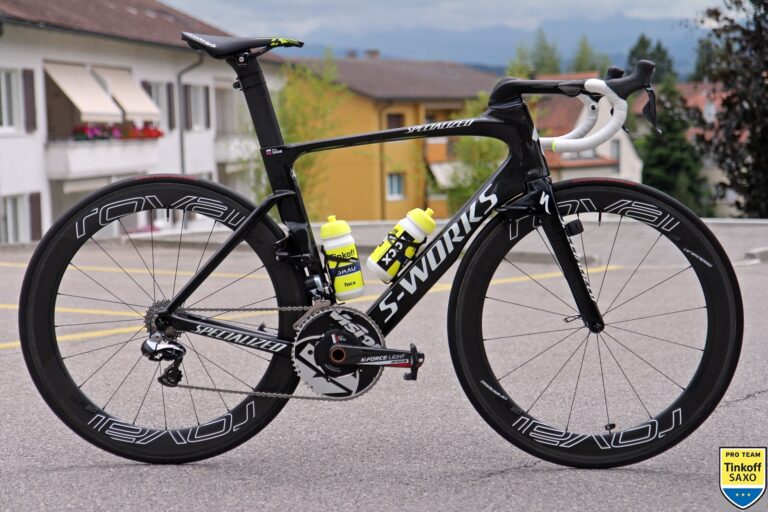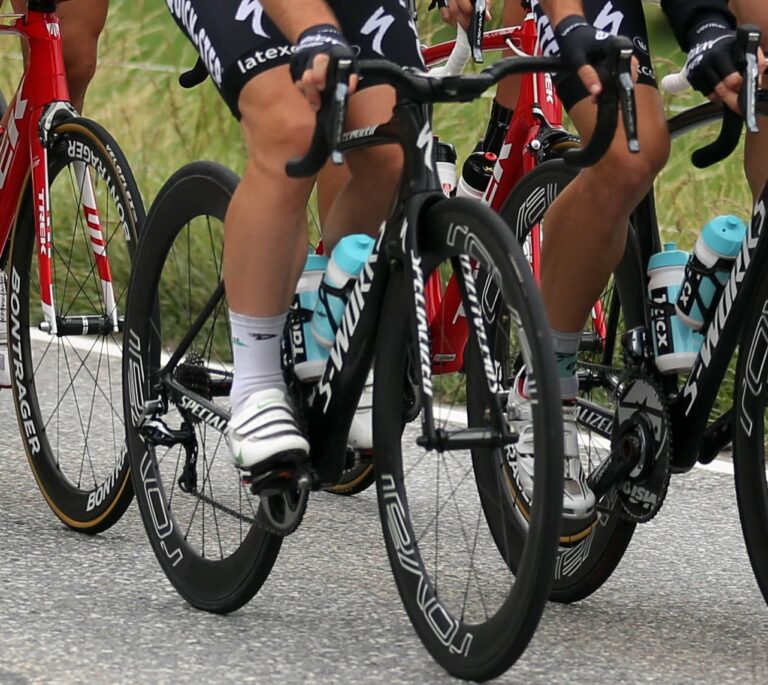Buyer's guide: how to choose a handlebar upgrade
-
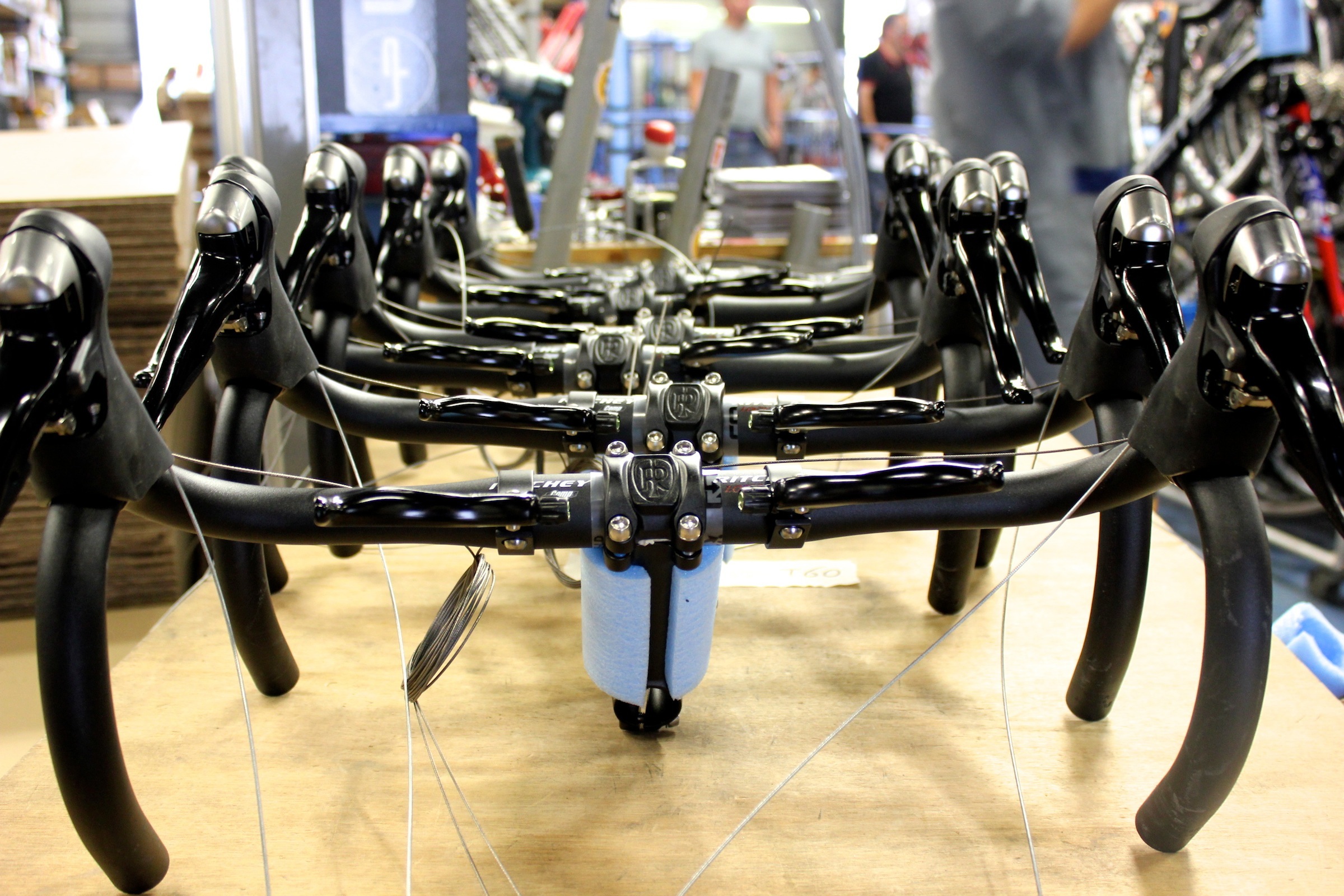
-
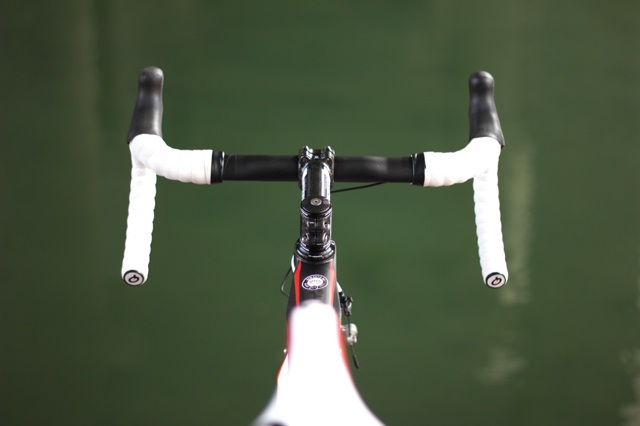
-
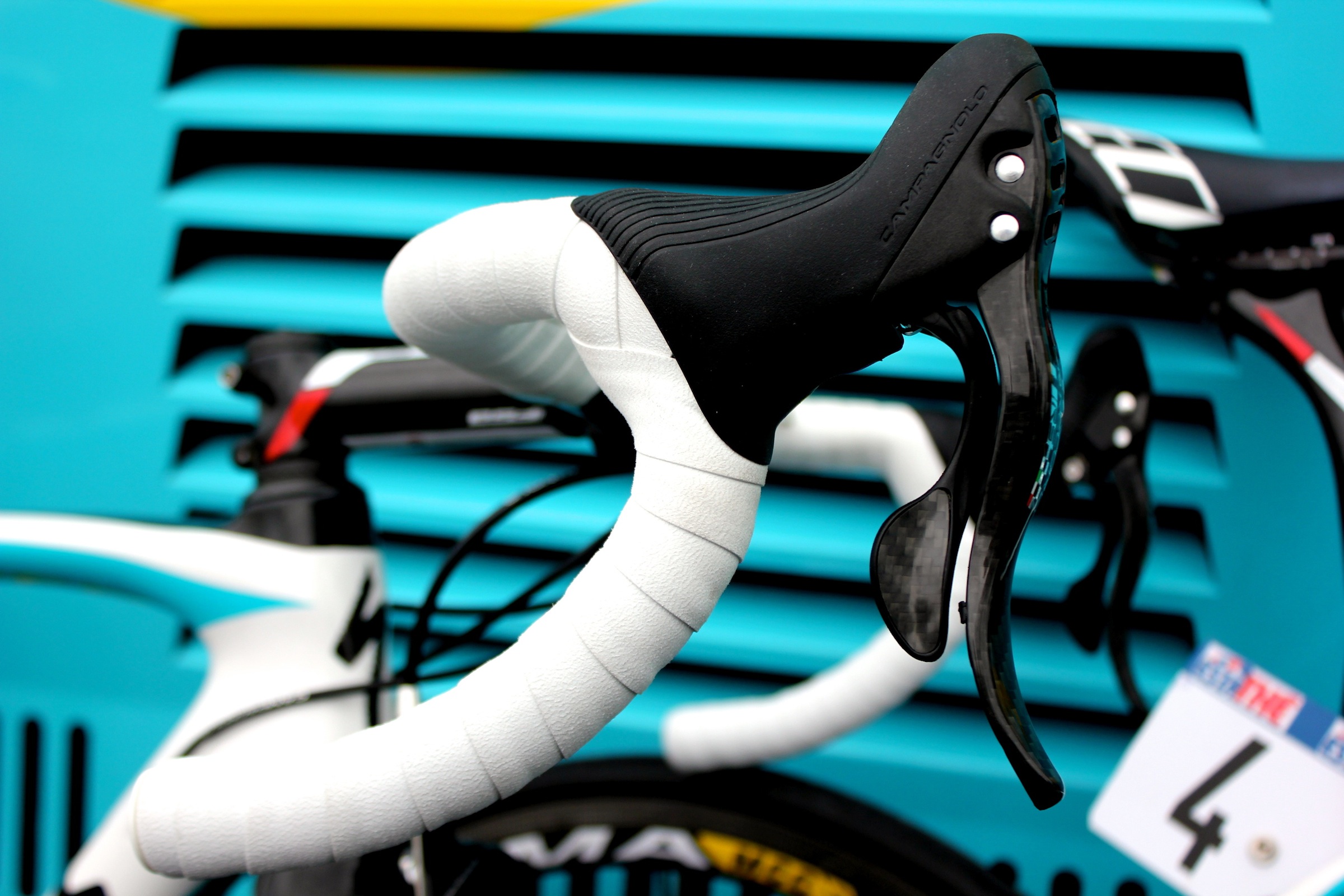
Having a ton of drop may look pro, but it'll fatigue your back and neck quickly if you're not used to it, and may mean you never even get down on the drops while riding
-
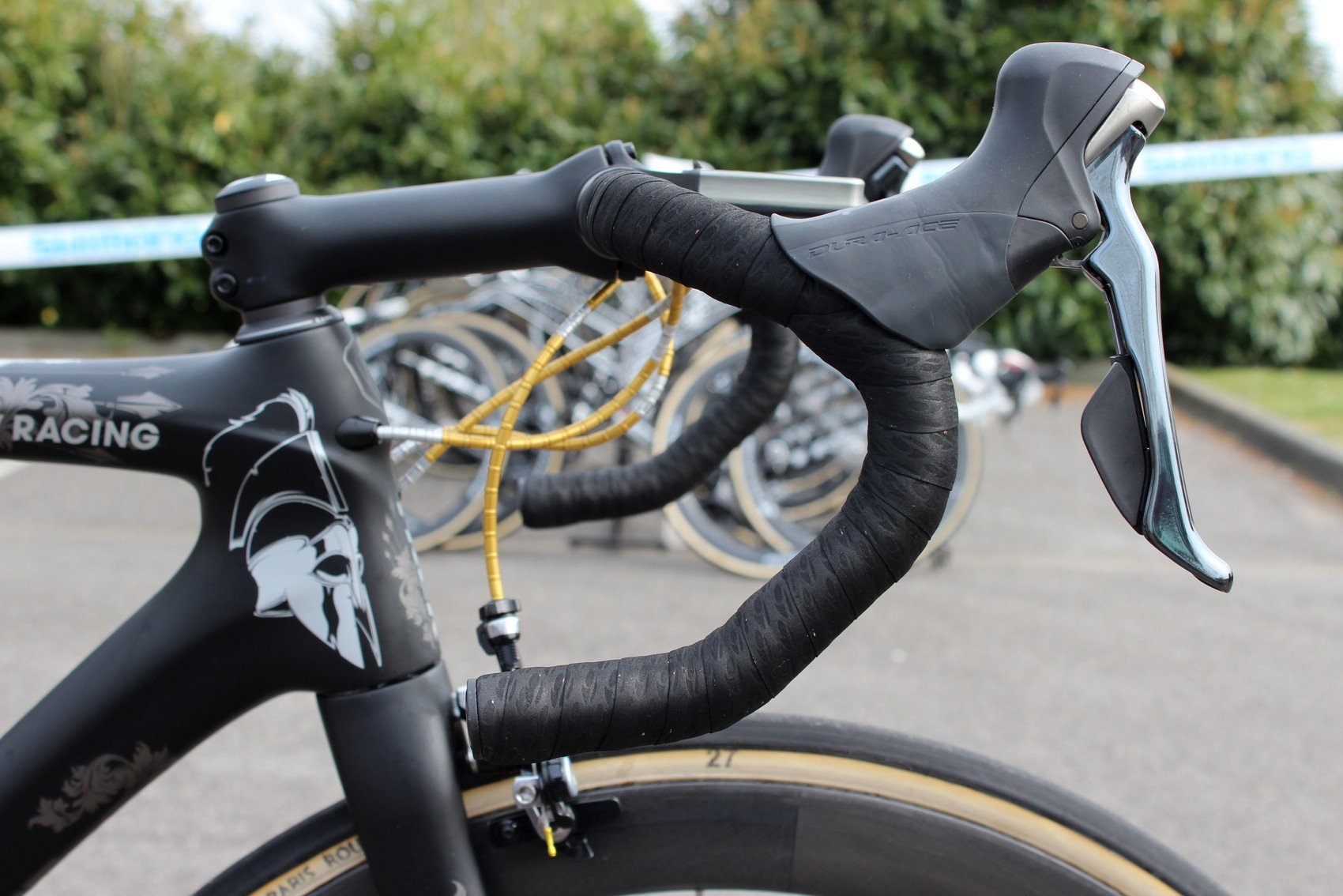
Fabian Cancellara is an example of a pro rider who favours the comfort offered by ergo drop bars
-

The tops of the bars come in all shapes and sizes, one of the most extreme examples being the super aero road bars on Cervélo's S5
-
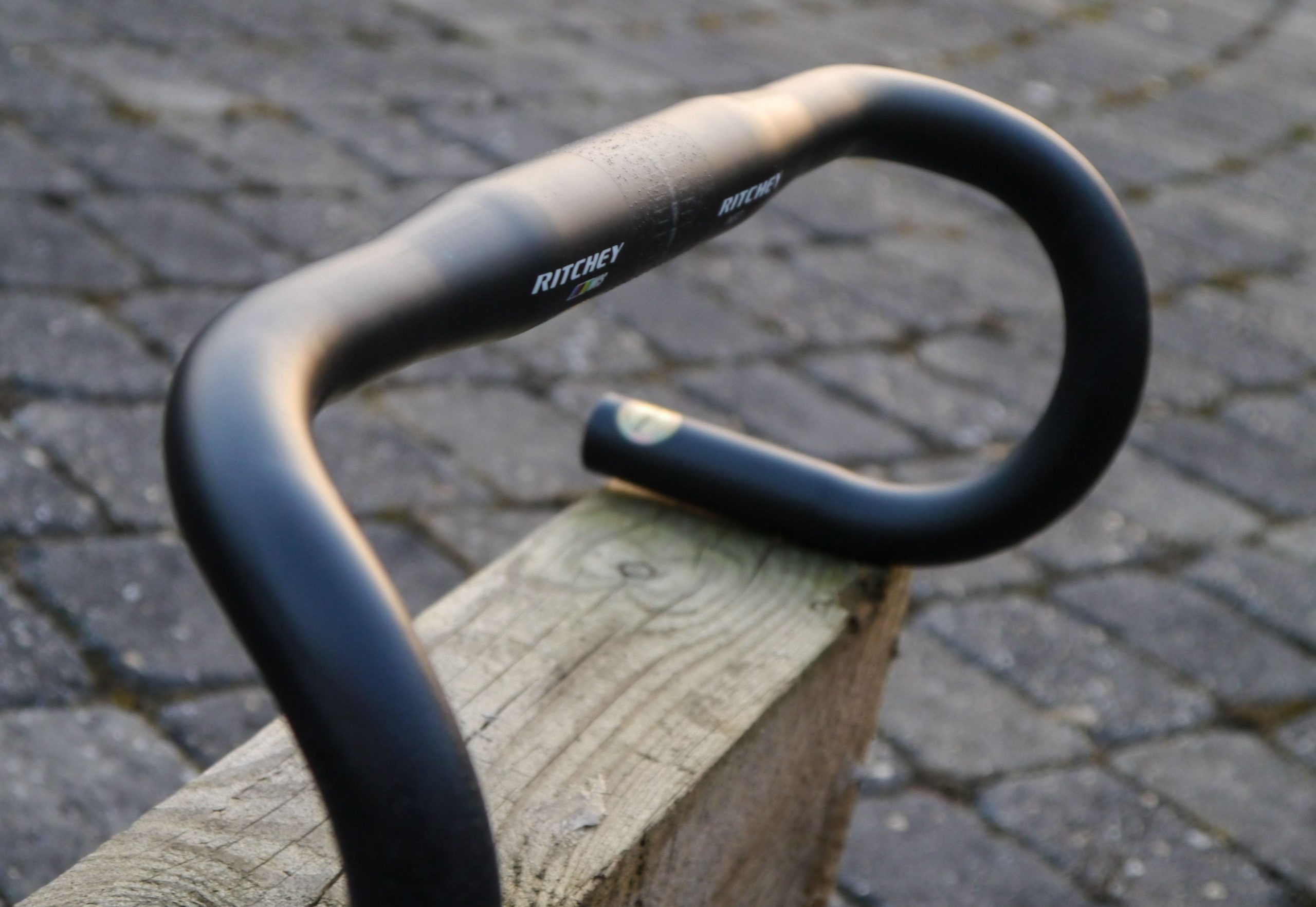
Carbon might be all the rage, but you can still make an exceptional - and light - set of bars from aluminium like the Ritchey WCS Neo Classic
Buyer's guide: how to choose a handlebar upgrade
On a bicycle, there are three rider contact points: the pedals, saddle and handlebar. Yet, for whatever reason, they’re all often overlooked when it comes to upgrades with many riders focusing instead on the wheels and tyres, or even a better groupset.
Given the importance of being comfortable on the bike, those contact points should be one of the first areas to be looked at when considering upgrades. Indeed, during a bike fitting session, cleat location, seat height and angle and handlebar reach, drop and orientation are all points that get considered, so why not give some thought to those parts yourself?
Six of the best… handlebar upgrades
As far as the handlebar goes, most riders just ‘make do’ with the stock bar which came with their bike, when there may well be a more suitable option. Choosing the correct bars can increase comfort, making it easier to ride for longer. If it’s easier to get down into the drops and stay there for longer, then you may be able to ride faster as you’ll be in a more aerodynamic position. After all, road bikes have dropped handlebars for a reason, so if you’re not using your drops often then you may want to consider why.
However, upgrading your bars can be a confusing business. There’s plenty to think about, including width, drop and reach, the shape of the bend and tops, and the material from which the handlebar is made. On the flip side, all of those factors give you the chance to find a bar which really suits you and your riding style. Let’s run through the options.

